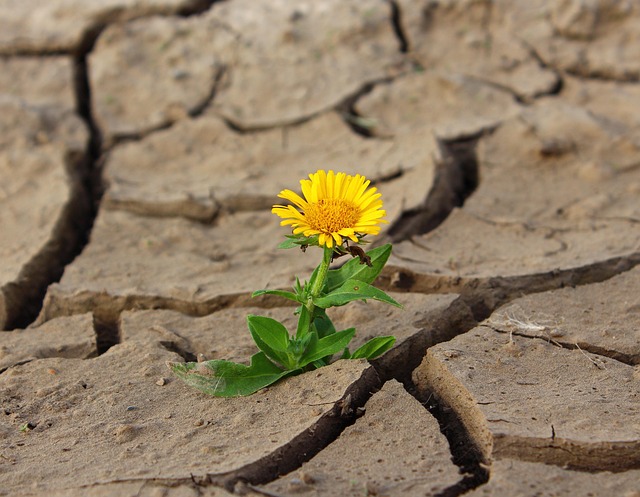The Melting Point of Resilience: Environment and Climate Change
In a world where the effects of climate change are becoming increasingly palpable, the need for resilience has never been more pressing. From extreme weather events to rising sea levels, our environment is facing unprecedented challenges that require both understanding and action. Resilience isn’t just a buzzword; it’s a vital trait that can empower communities and individuals to navigate these tumultuous waters.
The concept of resilience is often likened to a rubber band, one that can stretch and adapt without breaking under pressure. Just as we witness glaciers melting and ecosystems shifting, it’s essential to recognize that resilience also exists within us—an innate ability to adapt to adversity and recover from setbacks.
The Fragile State of Our Environment
The environment is undergoing rapid changes. Temperatures are rising, and the frequency of natural disasters is increasing. Coastal cities face the threat of flooding, while arid regions grapple with drought. These changes test our resilience, not just at an individual level but also at a collective scale. Communities around the world are being forced to reassess how they interact with their environment, adopting sustainable practices and innovative solutions to mitigate the effects of climate change.
Cultivating Resilience Amidst Change
Resilience in the face of climate change can take many forms. On a community level, grassroots movements are emerging, promoting sustainable agriculture, renewable energy, and conservation efforts. On an individual level, we are learning to adjust our daily habits—reducing waste, conserving water, and supporting eco-friendly policies. Each small step contributes to a larger path of resilience, allowing us to thrive even as our environment undergoes significant transformations.
Moreover, the mental aspect of resilience cannot be ignored. The emotional toll of climate change can be overwhelming, leading to feelings of helplessness or despair. It’s crucial to foster a mindset that views challenges as opportunities for growth. By cultivating resilience within ourselves, we equip not just our spirits but also our communities to handle the uncertainty of climate-induced changes.
The Urgency of Collective Action
As we witness the rapid melting of glaciers and the decline of biodiversity, the call for collective action becomes more urgent. Policy change, a shift in business practices, and public awareness campaigns play pivotal roles in enhancing our resilience as a society. It’s through collaboration and a shared commitment to preserving our environment that we lay the groundwork for future generations to flourish.
We find ourselves at a critical juncture—one that demands not only resilience but also a deep understanding of our relationship with the Earth. By embracing the lessons taught by the changing climate, we can forge a path forward that values sustainability, equity, and hope. Together, we can create a resilient society that not only adapts to change but also thrives in its wake.
In today’s ever-changing landscape, resilience is not merely surviving; it’s about transforming our perspectives and actions to create a more sustainable future. As we navigate the melting point of resilience, let us remember that it’s in our hands to shape the world we want to live in.



